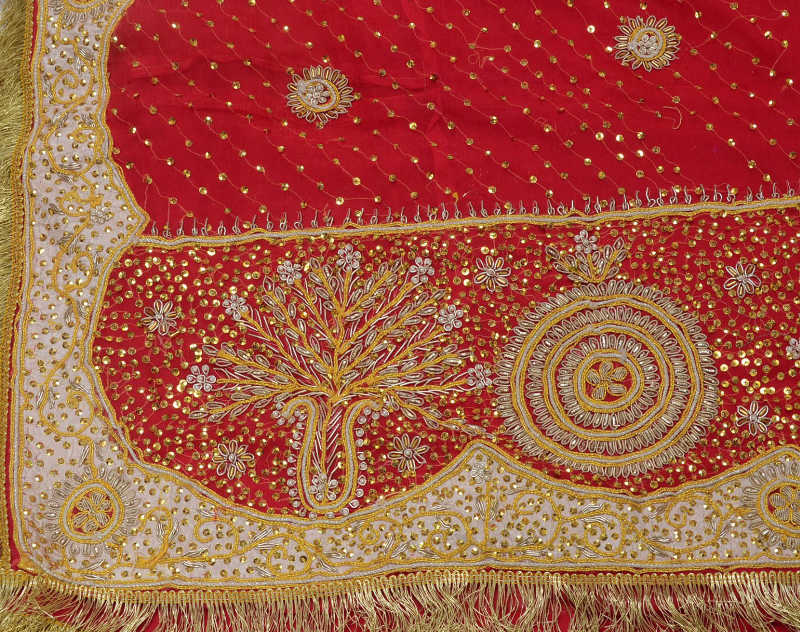===
1037,
5
===

=== |
 |
bīṛā : 'A preparation of the areca nut with spices and chunam, &c. enveloped in a leaf of the betel plant (much used by the natives of India, and commonly presented by one to another in token of civility or affection'. (Platts p.208)
FWP:
SETS == EXCLAMATION
MOTIFS == EROTIC SUGGESTION
NAMES
TERMS == THEMEI do like the Atish verse cited by SRF, for its 'double activation'. The first line tells us that the redness of paan glimmers 'in it' like rose-colored wine, so when the second line tells us that the beloved's neck has attained the condition of a shīshe kī gardan , then this is true in two separate ways: it has become a 'neck of glass' because it's so transparent, and also the 'neck of a flagon' because it seems to contain wine.